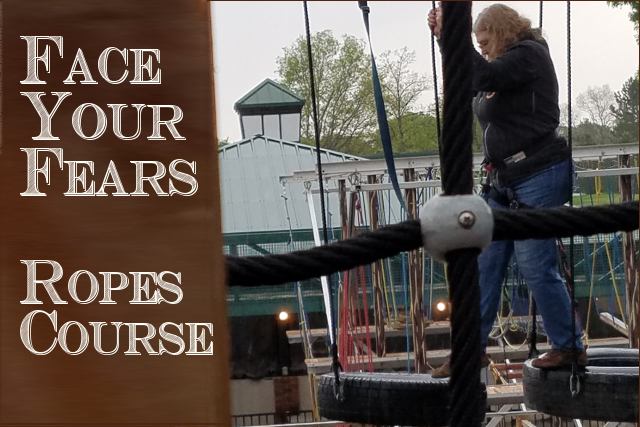


How to Be a Good Buddy
I had the opportunity the other day to act as a ROAR Buddy for someone. He didn’t even know that’s what I was doing. He thought I was just being a “good listener”. But once you know how to be a good buddy for the ROAR process, you can be a good buddy in any stressful circumstance. Here are some tips.

Asking the Right Questions
Do you plan on conducting surveys or market research to discover the needs and wants of your ideal audience? I just finished creating one, to find out more about the impact of overwhelm in my audience’s lives and businesses. Here’s how I determined the 10 questions that will get the most useful data from the answers.

Shared Setbacks: Trouble for Two
The ROAR process was initially designed to help individuals handle their emotional reactions to obstacles and setbacks. But what about shared setbacks? If something goes wrong in a relationship, both people are affected. One participant can’t Accept and Relax if the other is still stuck in their emotions.

ROAR Step 1: Is Order Important?
Is the order of the phases in ROAR Step 1 important? Do you have to completely finish Feeling Your Feelings before you can Find the Good or Choose a Direction? The short answer is “No.” Here are some guidelines for moving between the phases effectively, and not getting bogged down in the process.

Feel Your Feelings: How It Differs from Complaining or Resenting
People often wonder how the ROAR step of Feel Your Feelings differs from complaining or resentment behaviors. This post demonstrates how different the three strategies are both in motivation and results, using a common example.


